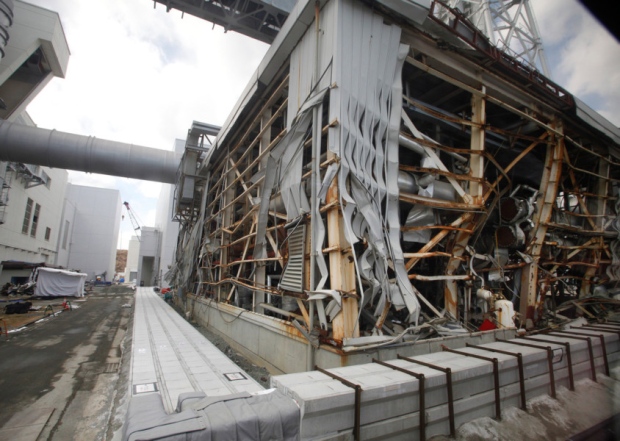-
Tips for becoming a good boxer - November 6, 2020
-
7 expert tips for making your hens night a memorable one - November 6, 2020
-
5 reasons to host your Christmas party on a cruise boat - November 6, 2020
-
What to do when you’re charged with a crime - November 6, 2020
-
Should you get one or multiple dogs? Here’s all you need to know - November 3, 2020
-
A Guide: How to Build Your Very Own Magic Mirror - February 14, 2019
-
Our Top Inspirational Baseball Stars - November 24, 2018
-
Five Tech Tools That Will Help You Turn Your Blog into a Business - November 24, 2018
-
How to Indulge on Vacation without Expanding Your Waist - November 9, 2018
-
5 Strategies for Businesses to Appeal to Today’s Increasingly Mobile-Crazed Customers - November 9, 2018
Japan restarts first nuclear power plant amid protests after 2011 Fukushima
The government has set a goal to have nuclear power meet more than 20 per cent of Japan’s energy needs by 2030, despite the lingering troubles at the Fukushima plant, which is plagued by massive flows of contaminated water leaking from its reactors. However, many Japanese citizens continue to oppose the return to nuclear generation, and have successfully petitioned to block the restart of nuclear reactors before.
Advertisement
Japanese Prime Minister had pushed for a return to nuclear energy, arguing that, it is essential to the country’s economic recovery to reduce the skyrocketing utility bills associated with energy imports.
Japan reactivated a nuclear reactor for the first time in nearly two years on Tuesday, contrary to the feelings of many members of a public still troubled by the 2011 Fukushima nuclear disaster.
The Nuclear Regulation Authority has so far green-lighted the restart of three other nuclear reactors, two units at the Takahama Nuclear Power Station in Fukui prefecture and one at the Ikata Nuclear Power Plant in Ehime prefecture.
The reactor is said to pass the highest level of safety standards in the world.
Yoichi Miyazawa, Japan’s industry minister, said Tuesday that the government would “put safety first” in resuming use of nuclear power.
Safety officials have stressed that any switched-on reactor would operate under much tighter regulations than those that existed before Fukushima, the worst atomic disaster since Chernobyl in 1986.
Protesters were rallied by Naoto Kan, prime minister at the time of the Fukushima crisis, who told the crowd: “We don’t need nuclear plants”.
It comes as the first reactor is to be restarted since a March 2011 natural disaster and subsequent tsunami devastated the Fukushima nuclear power plant. “They’re aware that Japan has fared perfectly well without nuclear power for almost two years”. The reactor will take about 12 hours to go critical and a few days to reach full power, the company has said.
The Fukushima accident resulted in the shutting down of all of Japan’s commercial reactors by the end of September 2013 due to safety concerns.
Residents near the Sendai plant oppose the restart, citing potential dangers from active volcanos in the region.
However, environmental activists with the support of a large number of the general public protested against the decision and approached courts to block restart of reactors.
In total, operators have applied for permission to restart 25 reactors at 15 plants.
TV images showed the plant’s control room as workers turned the reactor back on.
Advertisement
A second reactor at Sendai is scheduled for restart in October. “They’re only thinking of the now, thinking of the money, saying to themselves, “While I’m president of the company there’s isn’t going to be another huge earthquake” … it’s the same with the bureaucrats”, he said.





























